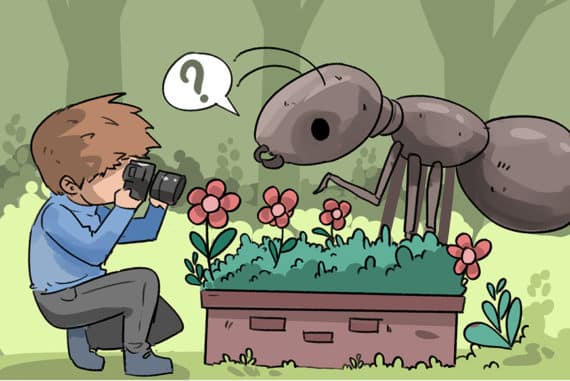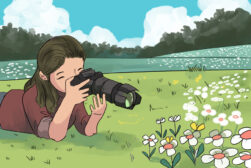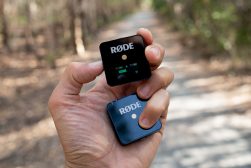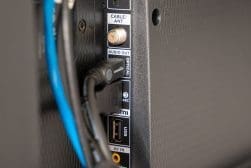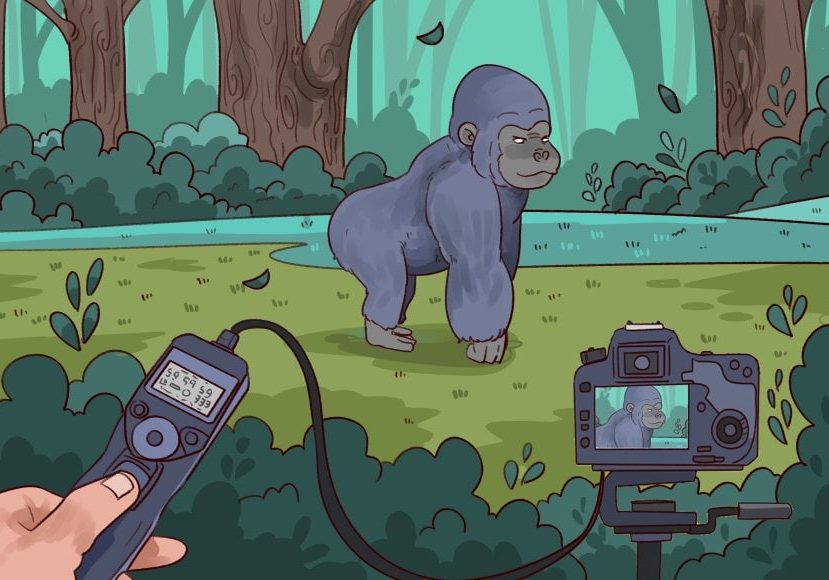
How to use a Remote Shutter Release to Take Photos
Do you need a remote shutter release? We explore the different types of wired and wireless remotes, their benefits & what you can do with them!
Learn | Photography Guides | By Greg Cromie
In this article, we’re going to explore and answer the question of why you might need a remote shutter release.
Every camera has a shutter release button located on the top plate of the body.
Simply put, when you press a shutter button, it causes the camera to release the shutter. The sensor is exposed to the incoming light for the duration of time set by the shutter speed.
However, there are times when you cannot physically push that shutter button. In those circumstances, you need a specific camera accessory called a remote shutter release.
What Is a Remote Shutter Release?
A remote shutter is a brilliant solution for overcoming some common photography challenges. It’s the unsung hero of photographic accessories.
In essence, a remote shutter release allows you to trigger the shutter from a distance and without touching the camera.
Remote shutter releases came about over a century ago so photographers could take photos without disturbing their equipment.
They consisted of a tube with a cable running through the middle – commonly referred to as a Bowden cable.
One end screwed into the shutter release mechanism of the camera. The other had a syringe-like trigger that when plunged, moved the cable inside the tube activating the shutter release on the camera.
Today, remote shutter buttons haven’t changed much – some photographers still use Bowden cable releases.
There are also more advanced forms of remote shutter release that include wireless remote shutters and the use of smartphone tech.
How Does a Remote Shutter Release Work?
As most of our cameras now have more tech in them than the moon lander, we’ve moved away from cable release options.
With digital cameras, there’s a range of different remote shutter release options.
The basic premise of a remote shutter release hasn’t changed in decades. You stand apart from your gear to take the shot.
That way, you can set your composition and fire the shutter without having to be anywhere near the camera. There’s a range of benefits from this process, and we’re going to cover them in more detail below.
What Is the Best Remote Shutter Release?
Remote release systems come in a range of shapes, sizes and price-points. Camera manufacturers offer their own branded remotes plus there are a lot of third party options.
As for which type of remote is best, there are two categories – tethered and untethered.
- Tethered Release
Tethered or wired shutter releases feature a wire that connects from one of the camera’s terminals to a small hand-held trigger box. By pressing the button, an electronic signal instantly travels through the wire and tells the camera to expose the shutter.
Most older digital cameras use a tethered release.
A tethered release adopts the same approach from the Bowden cable releases of a century ago. The most significant difference is that instead of a cable physically pushing down on the shutter button, an electrical signal does the job.
These devices just extend the normal function of the existing shutter button wired to a circuit board inside the camera. The most significant difference is that the wire from the camera to the shutter release exists outside the system.
How Much Do You REALLY Know About Photography?! 🤔
Test your photography knowledge with this quick quiz!
See how much you really know about photography...

- Untethered Release
A wireless or untethered shutter release works in the same way as a tethered one, but instead uses infra-red, RF, Bluetooth or WiFi to send the signal.
The most common remote these days is the untethered version. Most cameras released in recent years feature some form of wireless connectivity.
Today, Bluetooth and WiFi features are in high demand as people want to connect with all their devices for convenience and access.
An untethered release is the best due to its size and portability – plus no wires to get in the way.
What are the best cameras with WiFi connectivity?
6 Benefits of a Remote Shutter Release
Now that you know what a remote shutter release is let’s take a look at the uses and benefits of this handy little device.
1. Reduces/Eliminates Camera Shake for Sharper Images
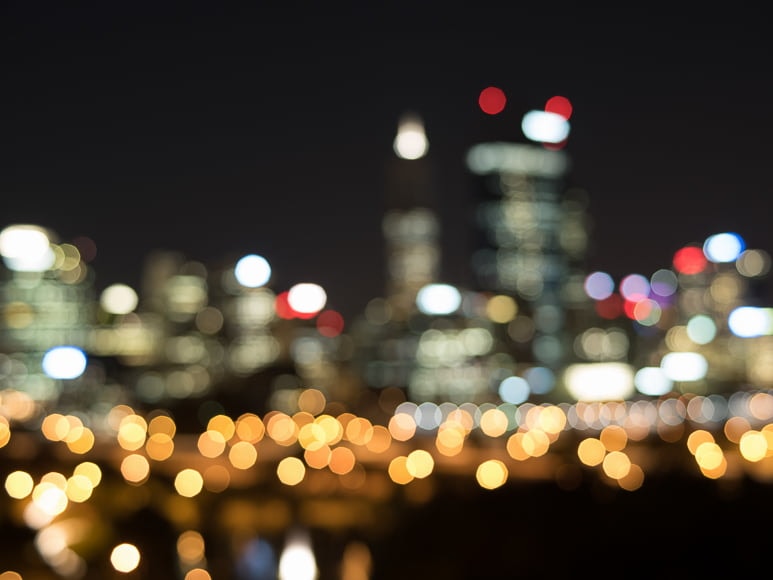
Remote shutter releases have been around for donkey’s years. The main reason they developed these was to allow photographers to avoid physical contact with their cameras.
The key reason was that those cameras weren’t equipped with fast shutter speeds or image stabilization.
When taking a shot, any movement of the camera resulted in a photograph with less sharpness or, at worst, one that was a blurry mess.
Today, not much has changed – other than higher levels of shutter speed and the inclusion of image stabilization in some cameras.
But the need to keep your gear still during exposure still exists, and the best way to avoid camera shake is to not touch your set-up.
This is especially critical during long exposure work but can be just as beneficial with quicker shutter speeds. You can also employ this when doing focus stacking for macro photography as you cannot move your camera at all.
Long exposure is a magnet for camera shake, especially when shooting astrophotography and using the Bulb mode.
Bulb mode allows you to open the shutter and expose the sensor with one push of the release. You leave it open for any duration and shut it once you press the shutter again.
I’d always recommend going for a wireless remote shutter over a wired one in these cases.
A wired remote still allows a physical connection to the camera, and you may cause shake just through lifting or holding the wired release.
2. Allows the Use of Slow Shutter Speeds to Capture Motion Blur or Light Painting
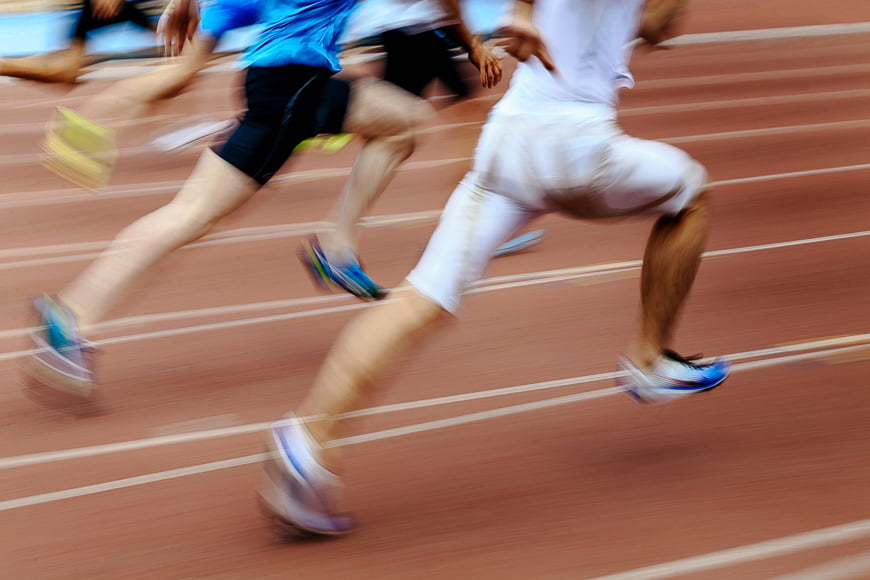
With genres such as landscape, macro, night and especially astrophotography, you need to slow your shutter speed right down – sometimes as slow as several minutes long.
During that time, your sensor is exposed and capturing everything it sees – any hint of shake is going to show up in your photos.
But long exposures can be used to capture artistic compositions such as motion blur and light painting.
Motion blur uses a more prolonged shutter exposure as a subject moves in front of the camera. A simple example is a speeding car – the background is perfectly sharp, but the vehicle is blurred, creating the sensation of movement.
The same applies to light painting. In this case, you would be in a dark setting, and you would hold the shutter open for longer. While open, you can move brightly lit objects in patterns in front of the lens.
The results are stunning scenes with trails of lights dancing around the composition.
In either scenario, a remote shutter lets you fire the trigger and focus on the subject without impacting the camera stability.
3. Makes Multiple Exposures Easier
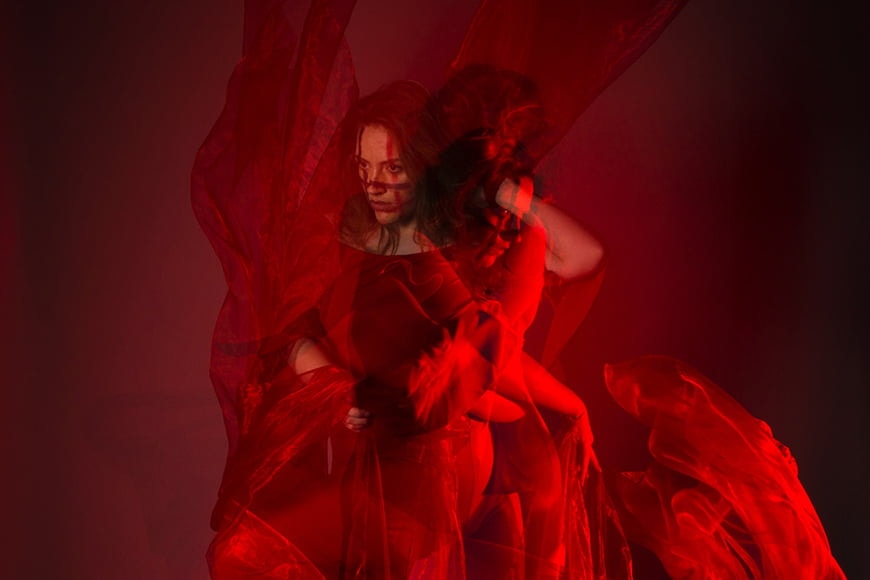
Credit: Molly Mears
Some photographers employ multiple exposure techniques that create fascinating images.
In macro photography, using multiple exposures is essential to get an entirely focused subject. However, macro lenses only deliver a skinny slice of in-focus elements.
Macro photographers capture multiple exposures of the same setting with the focal plain shifting in minute increments for each shot. The camera must be mounted on a tripod for stability while the camera does its work.
Later, the photographer stacks the images together in editing software such as Exposure X6, ON1 Photo RAW, or any of the many other photo editing apps out there. The final single image will have all of the subject in focus.
Another common use for multiple shots is with exposure bracketing and HDR – aka, High Dynamic Range.
It works in much the same way as the macro example above. The most significant difference is that instead of shifting focus for each exposure, the camera changes the exposure settings. You set your camera to take a bracket of multiple images with varying degrees of exposure.
Later, when you stitch these shots together, your image has a dynamic range where every element of the image is exposed correctly.
An essential part of all of this is camera stability. With a remote shutter release, you can trigger these processes without touching your gear.
4. Enables Photography of ‘Difficult’ or Dangerous Subjects
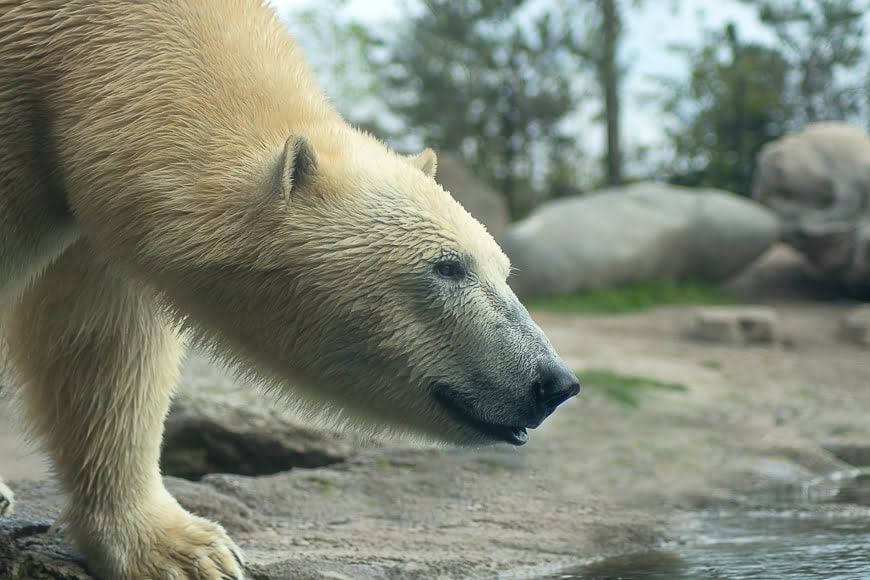
Sometimes, the benefit of having a remote shutter release is not for camera stability. Sometimes it’s to capture tricky or dangerous compositions.
There are times where you mount your camera to an object to capture a problematic composition—for example, mounting your camera to a car for a motorsport shot. Or, mounting one inside an animal enclosure if you shoot wildlife at a zoo.
The point is, you cannot safely lay on the bonnet of the high-speed car. Nor can you expect to survive a close encounter with a polar bear.
In these cases, you can mount your camera and then fire your shutter with a remote shutter release. The only thing to worry about is the polar bear destroying your kit.
5. Enables the Photographer to Be Present in Group Photos (and Selfies!)
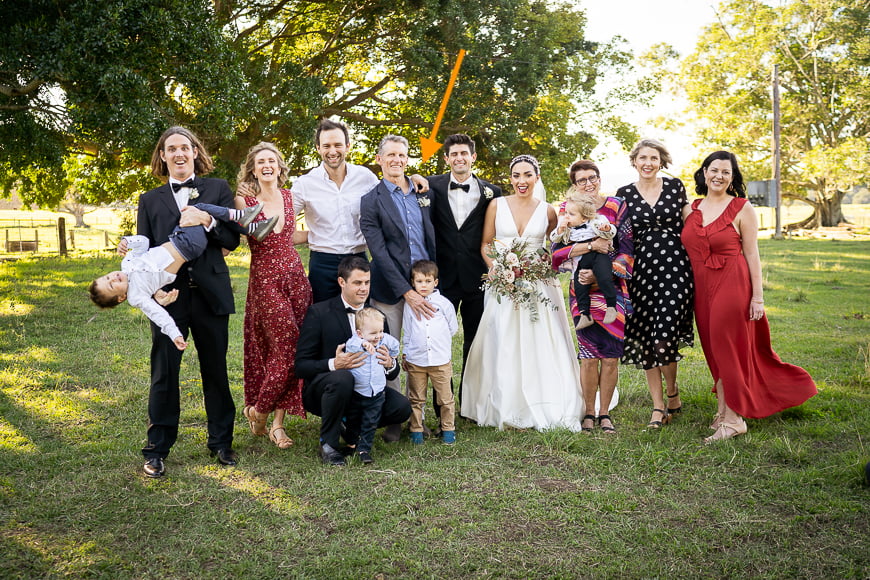
Camera remote concealed in hand allowed Mark to be in this group shot, despite being the wedding photographer!
Selfies have become a global phenomenon. Love them or hate them, they’re a big part of photography now.
Self-portraits have been around since the dawn of photography. Today it’s much simpler to take a self-portrait thanks to remote shutter releases.
Most cameras have a self-timer with up to 10 seconds delay before the shutter releases. But if you’re not ready when the camera shoots, you have to run back to set it all up again.
With a remote shutter, you pose for a selfie or get a group of people lined up for a group shot, and then take as many photos as you want.
Say you’re having a gathering or party. With your camera on a tripod, you can arrange all the guests based on height or family groupings.
Then, with the wireless remote shutter behind your back, all you need to do is call out to everyone to say ‘cheese’ as you hit the button.
6. Allows the Photographer to Maintain Eye Contact With Subjects
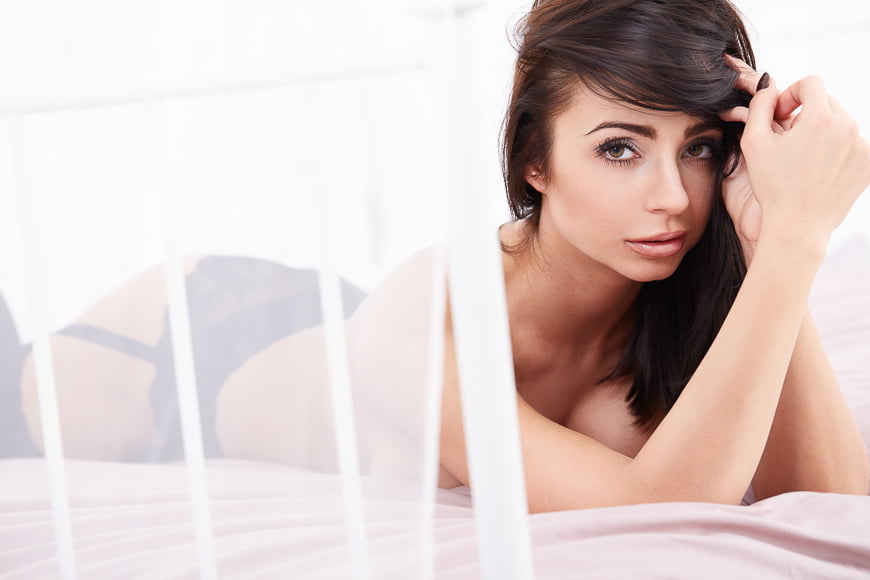
Often photographers need to get up close with a subject they’re photographing.
In macro photography, for example, a photographer might get eye-to-eye with a spider (actually that’s eye-to-eight-eyes). This way, they ensure that the composition stays put.
The same applies to portrait or even boudoir photography, where a photographer will build an intimate relationship with the model. Communication between them is essential, and intense eye contact is a core element of body language.
Having to hide behind your camera or pop your head up and down from the viewfinder inhibits this connection. However, with a remote shutter, you can focus on the subject and release the shutter at the right time.
Types of Camera Remote Control
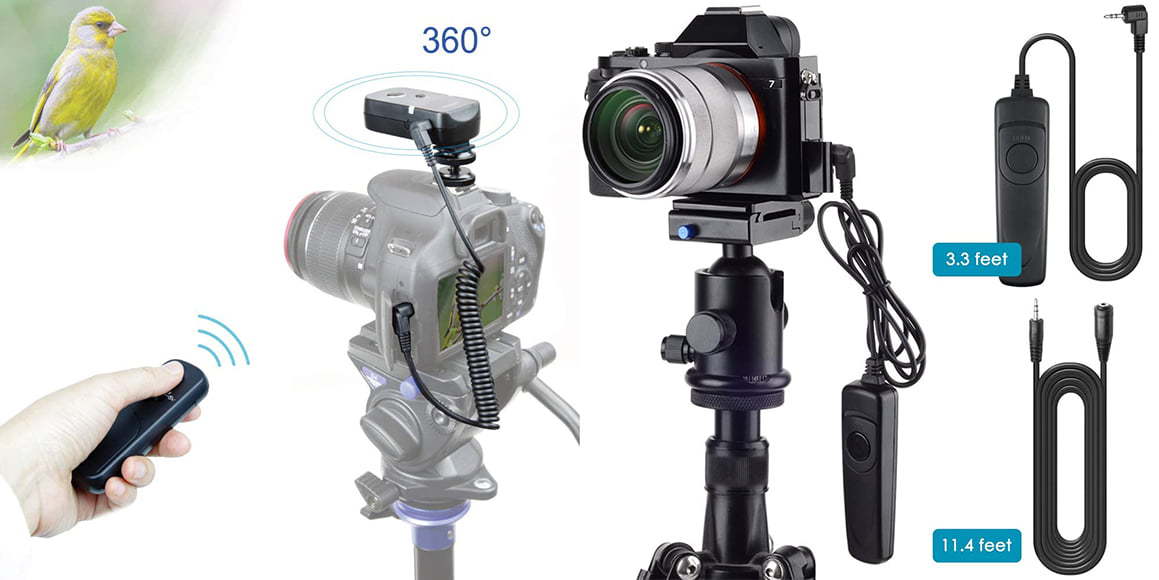
Credit: Foto&Tech / Afunta
Earlier, we talked about the difference between tethered and untethered remote shutters. But it’s essential to understand the many different types of remotes within those two categories.
-
Cable Releases
Cable releases are quickly going out of fashion – especially with advancements in technology. But they’re still available and certainly do the job.
A cable release features a cable and a trigger. One end of the cable will plug into one of the terminals on the camera.
Cameras have lots of different terminals or ports including HDMI, Mini-HDMI, Sync Terminal, Mini-USB, mic and headphone ports and USB-C.
The other end will feature a plastic box with a triggering button. Some of the fancier tether releases include a small LCD to provide shutter speed information.
The tether between the terminal point and the trigger box is a cable. You can get short cable releases and long ones – the longest of them won’t span much more than 5 feet.
Longer cables give you greater flexibility and the ability to distance yourself from your camera.
-
Wireless Remote Shutter Release
The ultimate solution to camera shake is the wireless remote shutter release.
These are untethered releases developed by the camera manufacturer that work seamlessly with the brand’s cameras. They’re the size of a key fob used to open your garage door remotely.
Cameras previously used an infra-red technology much like a TV remote. You’d point the remote at the camera to trigger the shutter. Next came radio frequency (RF) remotes that worked similarly to off-camera flash and triggers.
Now we use advanced Bluetooth systems with a great example being the Canon BR-E1 Bluetooth Remote Control.
This wireless remote control lets you shoot from 16 feet away. It’s a tiny product that enables wireless focusing, still shooting and video recording.
Both branded and third-party wireless remotes are available. If you opt to buy third-party, just check with the manufacturer specifications to make sure it will suit your camera.
-
Smartphone/Tablet Camera Remotes
One of the best advancements is the merging of smartphones and digital cameras.
Most camera manufactures develop downloadable companion apps for mobile or tablet. As they feature Bluetooth, NFC and WiFi, they seamless connect with a modern digital camera.
The benefits of these apps will vary from brand to brand. One common advantage is that they can be used to transfer JPEG images from the camera to the device, which you can then edit and share instantly to social media platforms.
One of the best additions to these apps, however, is the remote.
Depending on the brand, the remote can offer a simple triggering mechanism or a fleshed-out set of controls. You can control settings such as aperture, shutter speed and ISO, as well as see a live view on your screen of what the camera is seeing.
Another solution is to use a device that connects to your camera and acts as a receiver.
These also have companion apps that you connect to your phone via Bluetooth to release the shutter.
-
Specialized Remote Shutter Releases
Specialized remote shutter releases are a little more bespoke and have specific purposes.
A great example of a specialized remote is to capture a storm or, more specifically, lightning strikes. With a remote trigger set to detect lightning flashes the split-second they begin, the camera will catch the full length of the strike.
You don’t have to sit on a beach all night with your cramping hand poised over the shutter.
You can also use specialized remote shutters that trigger your camera based on motion and sound, much like those lights that come on automatically when you clap your hands.
Remote Shutter Release FAQs
Do I need a remote shutter release?
If you want to take photos of yourself, then yes – a remote shutter release will make life easier! Other situations where you’ll want one include taking long exposures, capturing motion blur, doing light painting, photographing difficult subjects (like wildlife), or shooting portraits where you want to freely move around and make eye contact with the subject.
How do you use a remote shutter release?
You’ll first need to connect the device to your camera (this may be via a cable or, more likely, wirelessly) and adjust your settings accordingly. After that, it’s super simple: just pop your camera on a tripod, set up your shot, and fire the remote shutter every time you want to take a photo.
How do I connect my remote shutter to my camera?
That really depends on the type of remote shutter as well as the camera model. You may need to access your camera settings to enable a remote pairing if using Bluetooth or infra-red – search Google or check your camera manual for specific instructions relating to your gear.
Final Thoughts on Remote Shutter Release Usage
It’s interesting to see how a simple camera accessory has such a rich history and range of applications.
Fortunately, remote shutter releases are inexpensive and easy to set up and use.
Plus, depending on your camera model, you could probably download a suitable shutter release app right now.
Regardless of the type of remote you choose, it’s bound to free your creativity and advance your photography.

Check out these 8 essential tools to help you succeed as a professional photographer.
Includes limited-time discounts.






